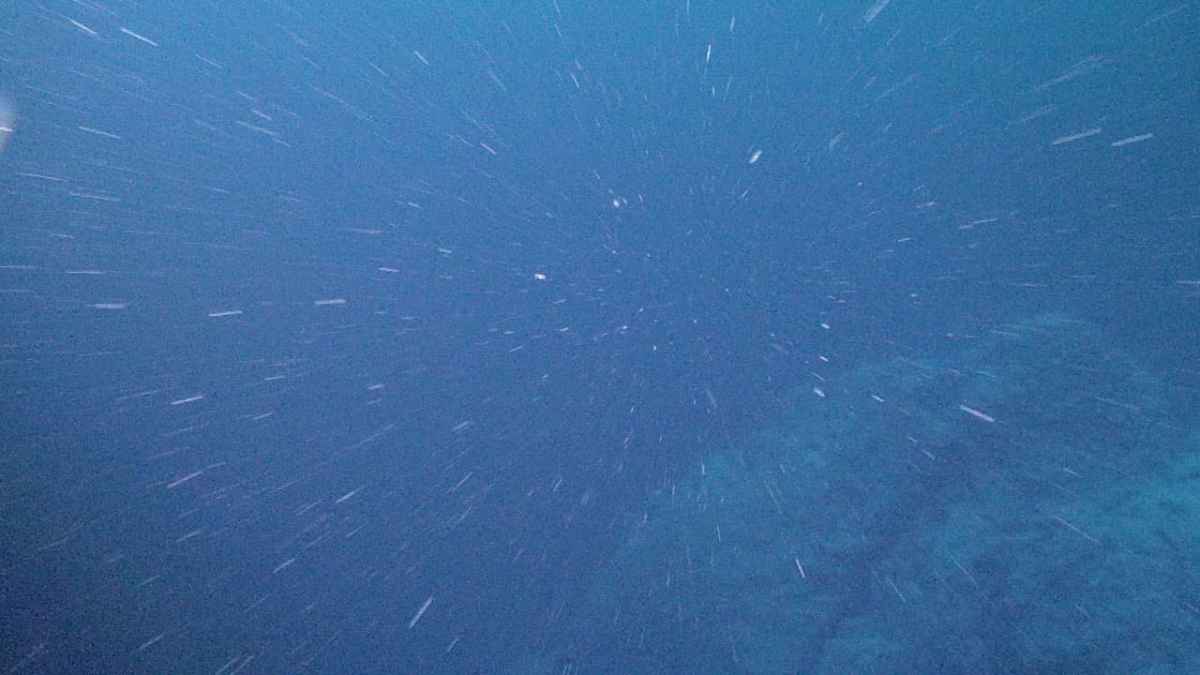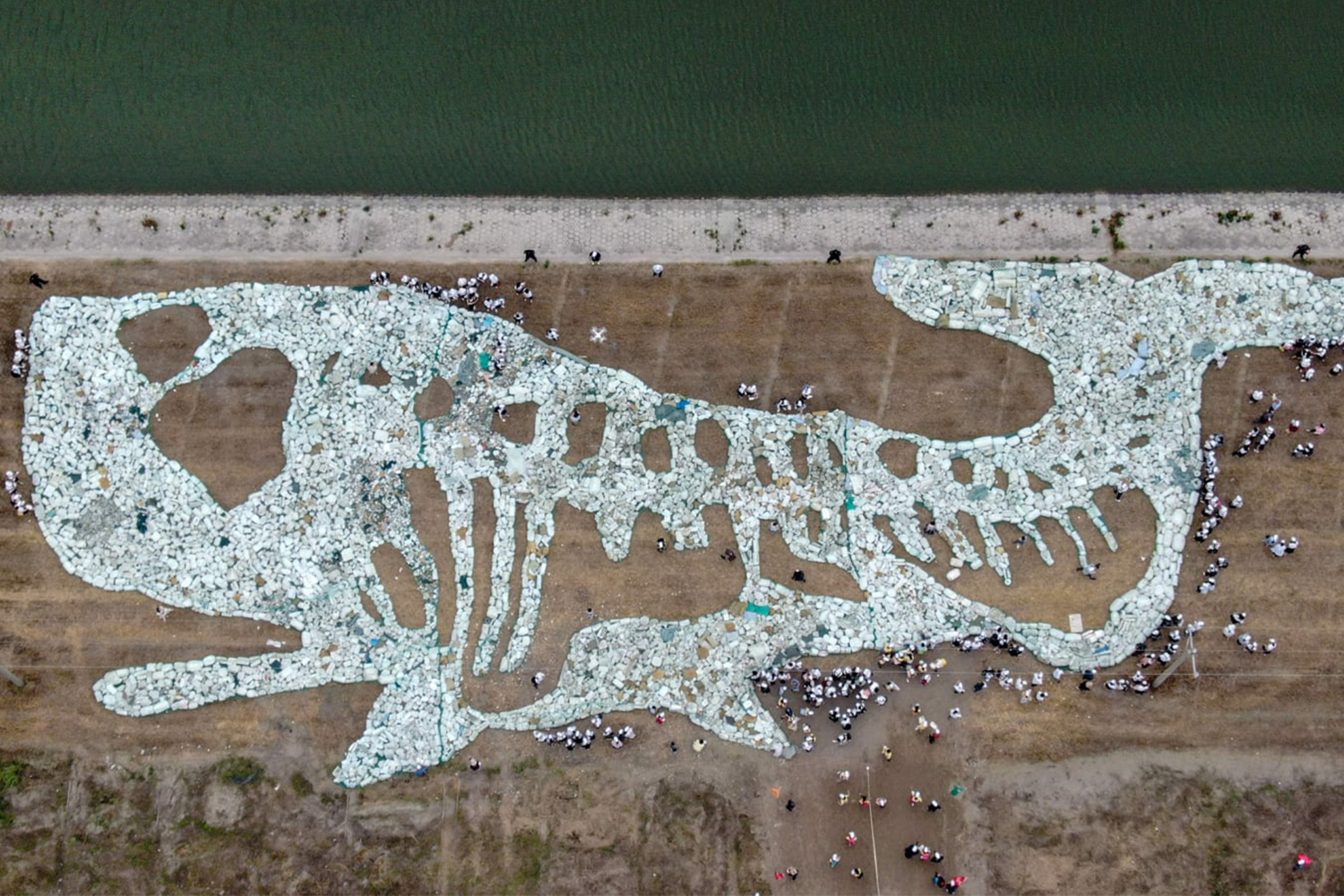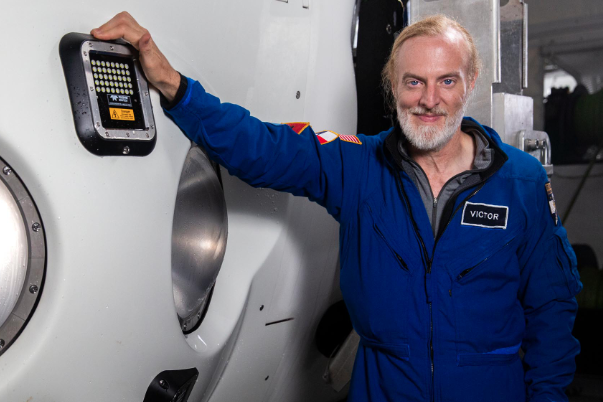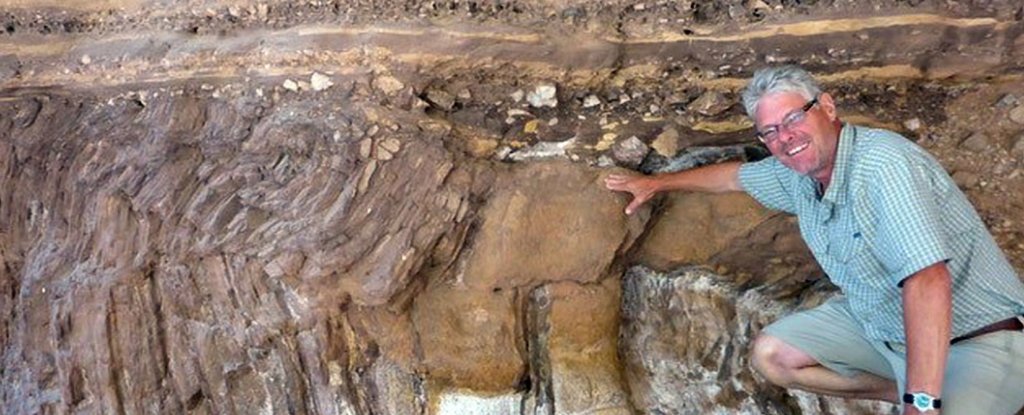Marine snow is not the name of an indie rock band (as far as we know), nor is it the name of a hot sauce or spice combination (as far as we know). It’s also not actually snow, in the sense that we understand it. It’s a bit more like aquatic dandruff, but made from the remains of dead animals.
In a handy explainer, the National Ocean Service notes that “[i]n addition to dead animals and plants, marine snow also includes fecal matter, sand, soot, and other inorganic dust.” So that’s certainly something. And now, a number of robots are venturing into the ocean’s depths to learn more about the world of marine snow.
At Earther, Dharna Noor has more information on these robots and their peculiar mission. Noor notes that marine snow is significant for two reasons: it provides nutrients to life residing on the ocean floor, and “when it falls to the bottom of the ocean, it essentially sequesters carbon that would otherwise be in the atmosphere as carbon dioxide.”
The robots are being released into the Southern Ocean as part of a project led by the Institute for Marine and Antarctic Studies and a number of universities. The data gathered by the robots will offer scientists a much closer look at how marine snow forms, as well as relevant data from the surrounding waters.
The data provided by the robots will also offer a better sense of how climate change affects marine snow, and the complex ecosystems that depend on it. Sometimes, the most esoteric-seeming things have a crucial part to play, ecologically speaking.
Subscribe here for our free daily newsletter.
Thanks for reading InsideHook. Sign up for our daily newsletter and be in the know.

















